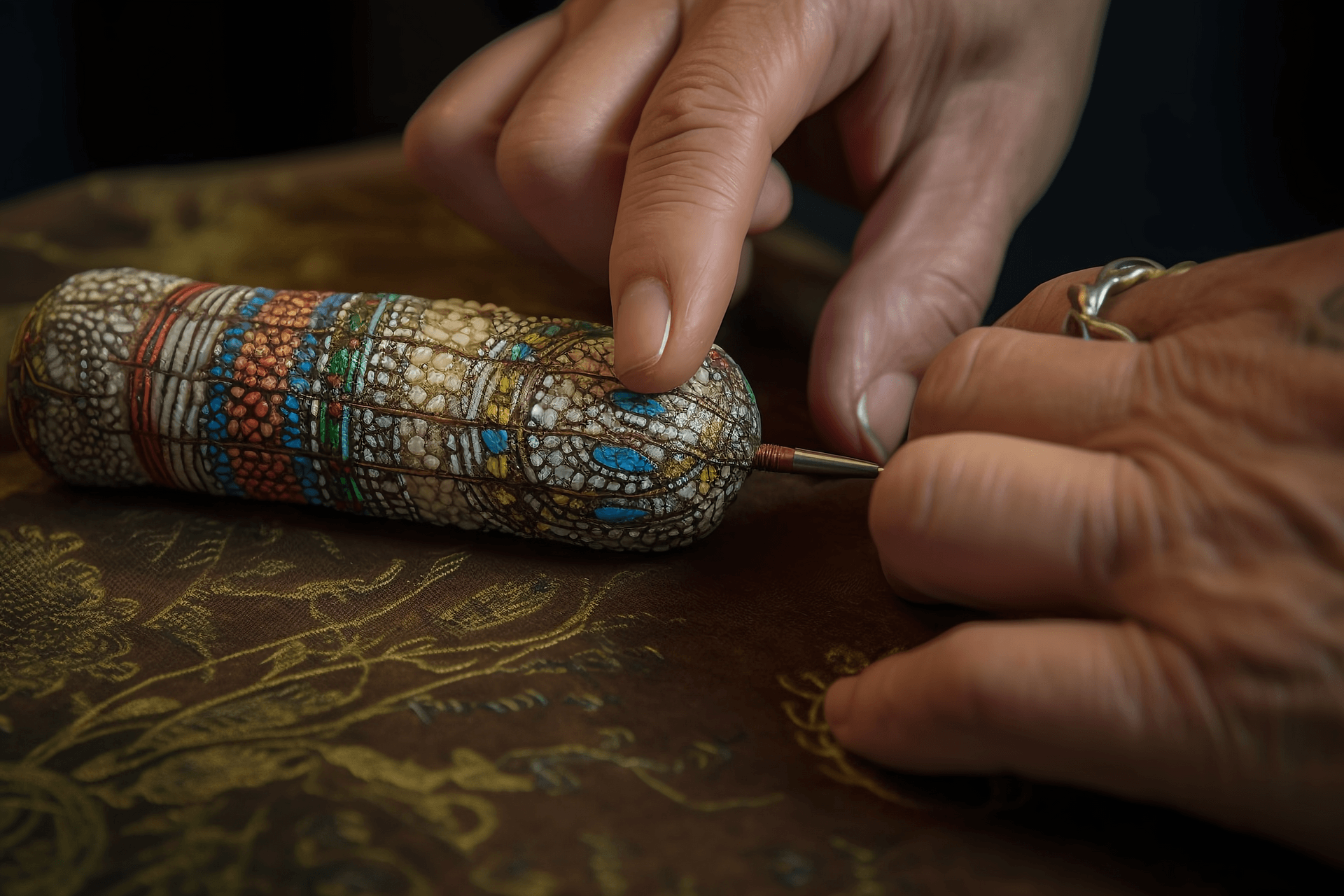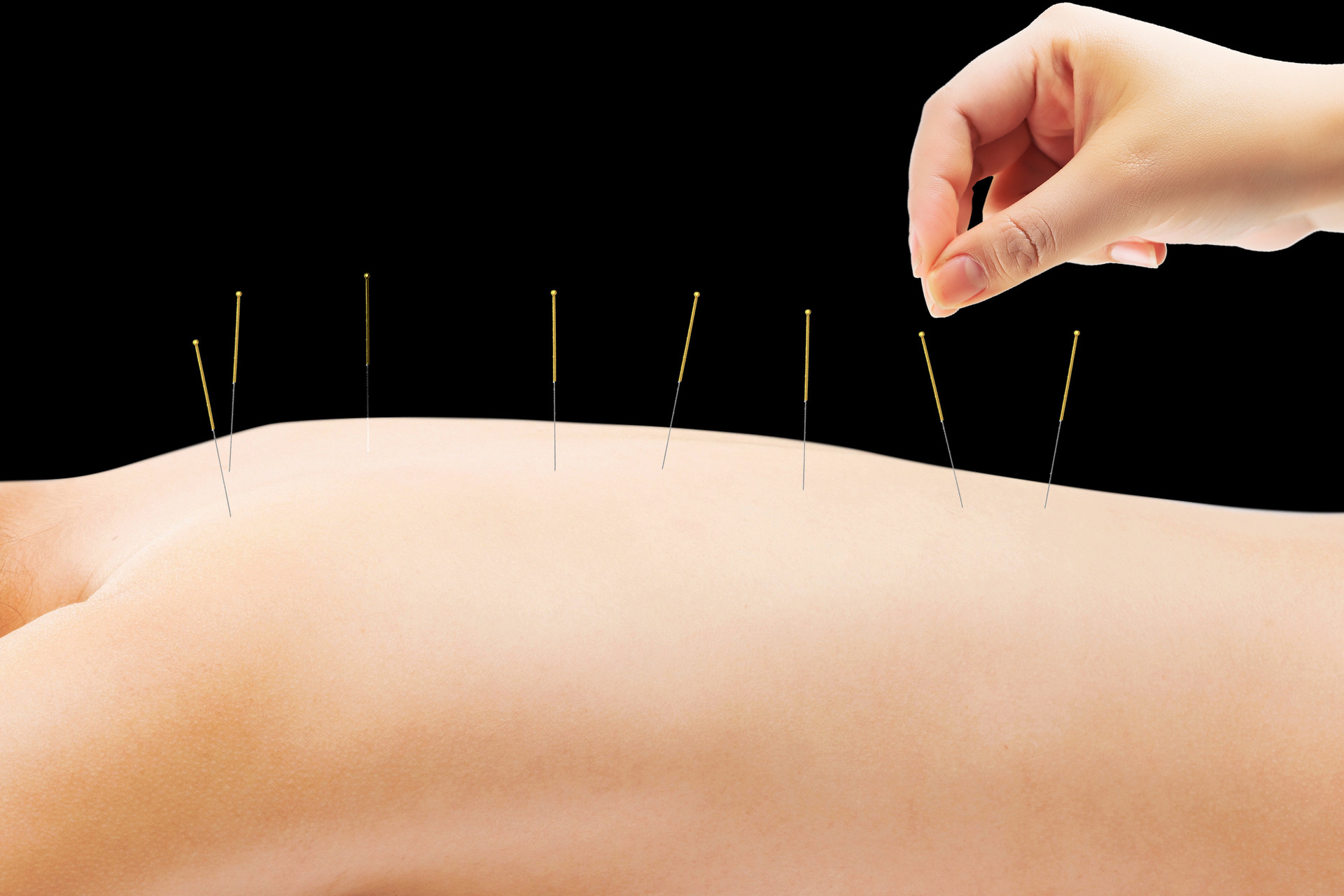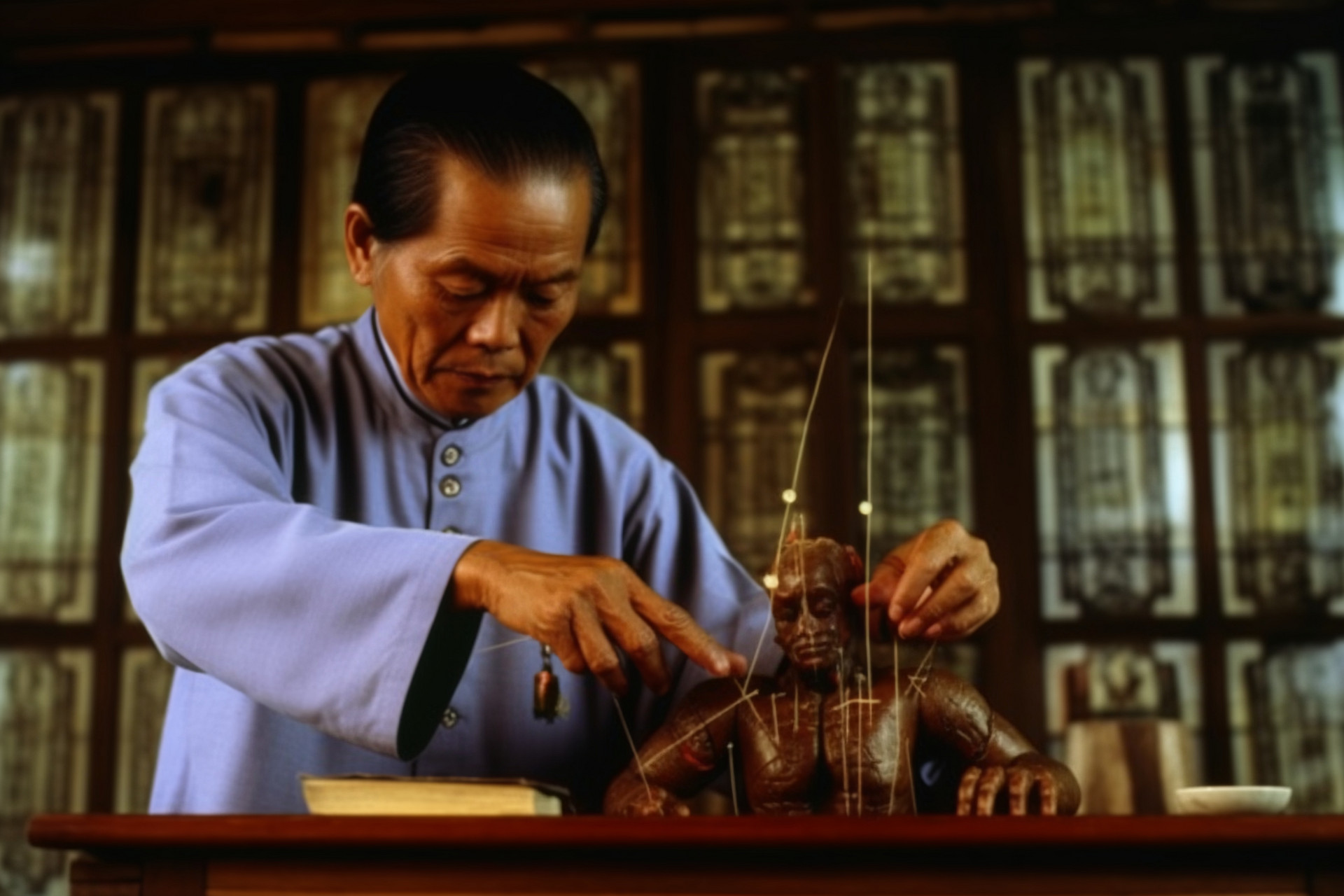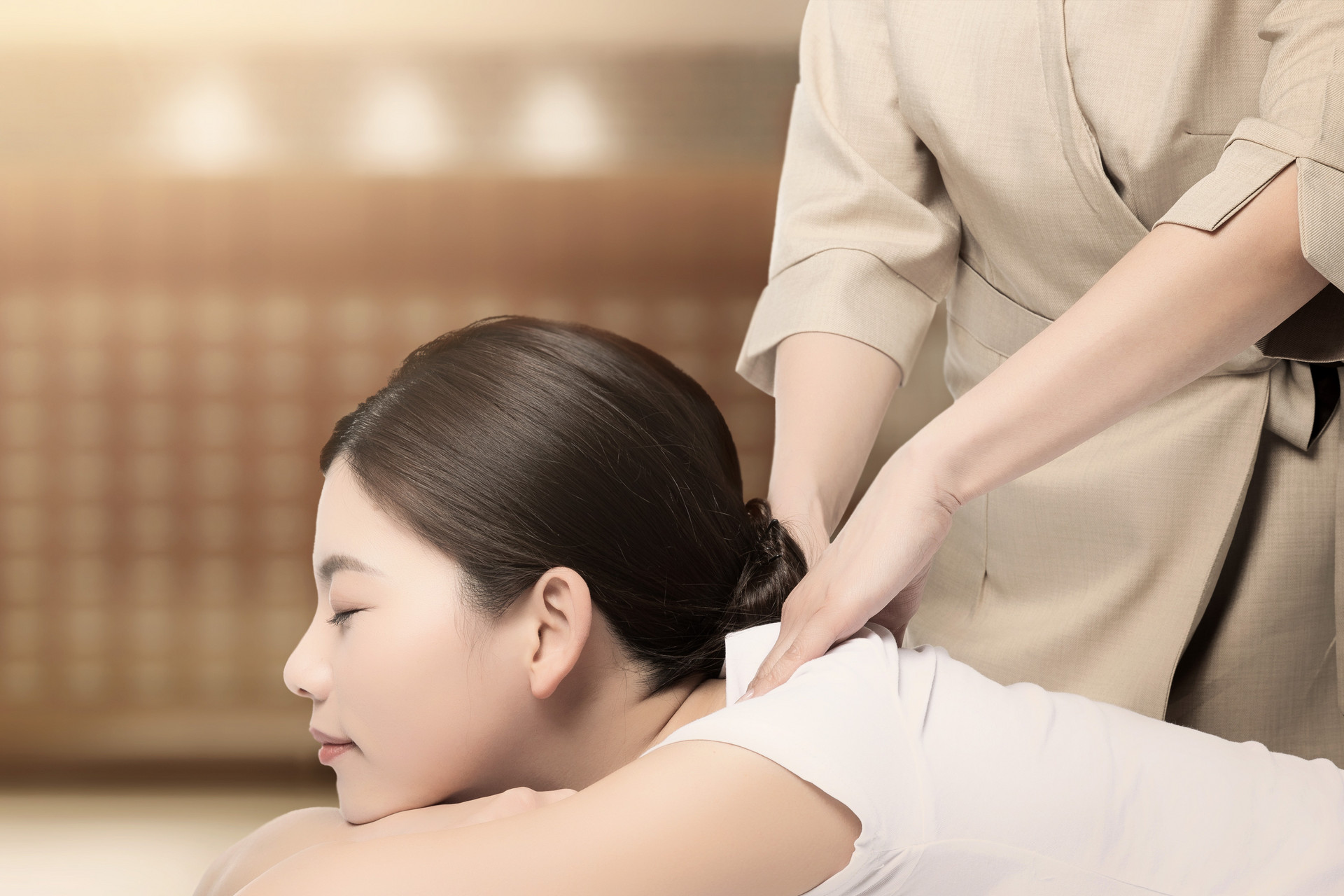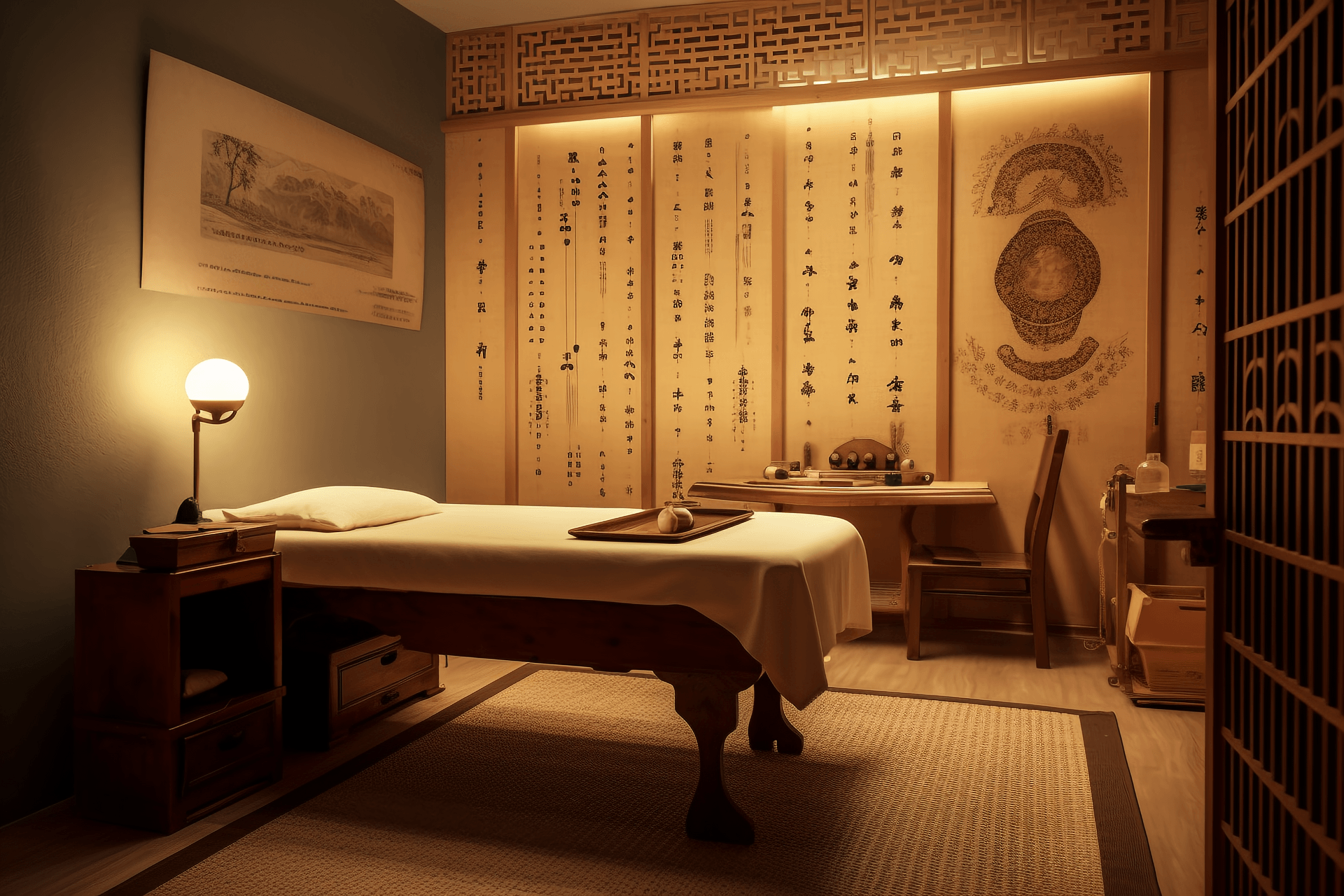Tongue needle therapy is a method of treating diseases by puncturing acupoints on the tongue. The organs and meridians are connected through the tongue, and the tongue is directly or indirectly connected to many organs and meridians. The physiological and pathological changes of the organs and meridians can also be reflected on the tongue. Therefore, the tongue not only has physiological functions such as taste discrimination, voice modulation, and food mixing, but also serves as an external manifestation of the organs. The essence and energy of the organs and meridians must be nourished by the tongue. Based on the holistic connection between the tongue and the body's organs, acupoints on the tongue can be used to treat systemic diseases. "Ling Shu • Zhong Shi" has recorded: "In case of severe tongue condition, use a needle to pierce the tongue pillar."
[Operational Method]
1. Location of acupoints
1. Guan's basic tongue acupoints
(1) Heart acupoint: located at the tip of the tongue.
(2) Lung acupoint: located 3 fen on both sides of the heart acupoint.
(3) Stomach acupoint: located in the center of the tongue, 1 inch behind the heart acupoint.
(4) Spleen acupoint: located 4 fen next to the stomach acupoint.
(5) Gallbladder acupoint: located 8 fen next to the stomach acupoint.
(6) Liver acupoint: located 5 fen behind the gallbladder acupoint.
(7) Small intestine acupoint: located 3 fen behind the stomach acupoint.
(8) Bladder acupoint: located 3 fen behind the small intestine acupoint.
(9) Kidney acupoint: located 4 fen next to the bladder acupoint.
(10) Large intestine shu acupoint: located 2 fen behind the bladder acupoint.
(11) Yin acupoint: located 2 fen behind the large intestine shu acupoint, at the root of the tongue.
(12) Juquan acupoint: located in the center of the tongue, 2 fen in front of the kidney acupoint.
(13) Upper limb acupoint: located between the lung acupoint and the gallbladder acupoint, at the edge of the tongue.
(14) Lower limb acupoint: located 1 inch next to the yin acupoint, closer to the edge of the tongue.
(15) Sanjiao acupoint: a line drawn from the Juquan acupoint is called the upper jiao acupoint; a second line drawn from the small intestine acupoint is called the middle jiao acupoint; a third line drawn from the large intestine acupoint is called the lower jiao acupoint.
(16) Forehead acupoint: when the tongue is rolled up, the tip of the tongue touches the upper incisors, and the acupoint is located 3 fen directly below the tip of the tongue.
(17) Eye acupoint: located 3 fen diagonally below the forehead acupoint.
(18) Nose acupoint: located between the edge of the tongue and the sublingual vein, 2 fen below the eye acupoint.
(19) Ear acupoint: located 2 fen diagonally below the nose acupoint.
(20) Throat acupoint: located 2 fen directly below the ear acupoint.
(21) Haiquan acupoint: roll up the tongue and tie it up in the middle.
(22) Jinjin and Yuye acupoints: roll up the tongue, fix it between the upper and lower incisors, and on both sides of the sublingual veins. The left side is called Jinjin, and the right side is called Yuye.
(23) Tongue pillar: lift the tongue, and it is like a pillar under the tongue.
(24) Zhongju: lift the tongue, located at the junction of the tongue base and the gum.
2. New tongue acupoints
(1) Shengen acupoint: the central depression at the root of the tongue under the sublingual frenulum.
(2) Zuolong acupoint: the opening of the sublingual gland duct on both sides of the sublingual frenulum.
(3) Yepang acupoint: 1/3 away from the inner side of the sublingual vein on both sides of the tongue.
(4) Zhimai acupoint: located on the outer side of the sublingual vein on both sides of the tongue.
3. Principles of acupoint selection and acupoint combination methods
Tongue needle therapy must select acupoints based on the premise of differentiation and tongue examination. The main method is to differentiate colors and match them with the meridians. According to the theory of the Five Elements, the five viscera and six bowels are matched with five colors. The color of the tongue reflects the pathological conditions of the corresponding organs. For example, if the tongue appears blue, it indicates disorders in the liver and gallbladder meridians. The selection of acupoints is based on the morphology of the organs, such as curled and contracted tongue, which is often associated with liver qi depletion, poor nourishment of tendons and meridians, etc.
The principles of acupoint selection in tongue needle therapy are: "Follow the meridians, treat the corresponding areas, match the body with the tongue, and select acupoints along the meridians." The main methods of acupoint combination are:
1. Single acupoint combination method: Based on the theory of visceral meridians, acupoints are selected based on the correspondence between diseases and tongue acupoints. It is used to treat local or systemic conditions. For example, heart acupoint, spleen acupoint, and Jinjin and Yuye acupoints are used to treat oral ulcers; ear acupoints, heart acupoint, kidney acupoint, and forehead acupoint are used to treat insomnia and forgetfulness.
2. Internal and external acupoint combination method: mainly the combination of tongue acupoints and adjacent acupoints, such as gallbladder acupoint combined with Fengchi acupoint to treat migraines, Zhongju acupoint combined with Lianquan acupoint to treat aphasia caused by stroke, and so on.
3. Upper and lower acupoint combination method: mainly the combination of tongue acupoints and Ren and Du meridian acupoints of the lower limbs, such as bladder acupoint combined with Zhongji acupoint to treat urgency and pain during urination, Yin acupoint and kidney acupoint combined with Mingmen and Guanyuan acupoints to treat nocturnal emission and erectile dysfunction.
4. Left and right acupoint combination method: mainly the combination of tongue acupoints and acupoints of the four limbs.
(1) Tongue acupoints on the same side are combined with the corresponding meridian acupoints, such as right lung acupoint and throat acupoint combined with right Shaoshang acupoint to treat right throat swelling and pain.
(2) Tongue acupoints are combined with meridian acupoints on the opposite side, such as right upper limb acupoint and spleen acupoint combined with left Quchi and Hegu acupoints to treat left upper limb paralysis and arm pain.
3. Operation
1. Tongue needle treatment
| 1 2 > >> >>|





